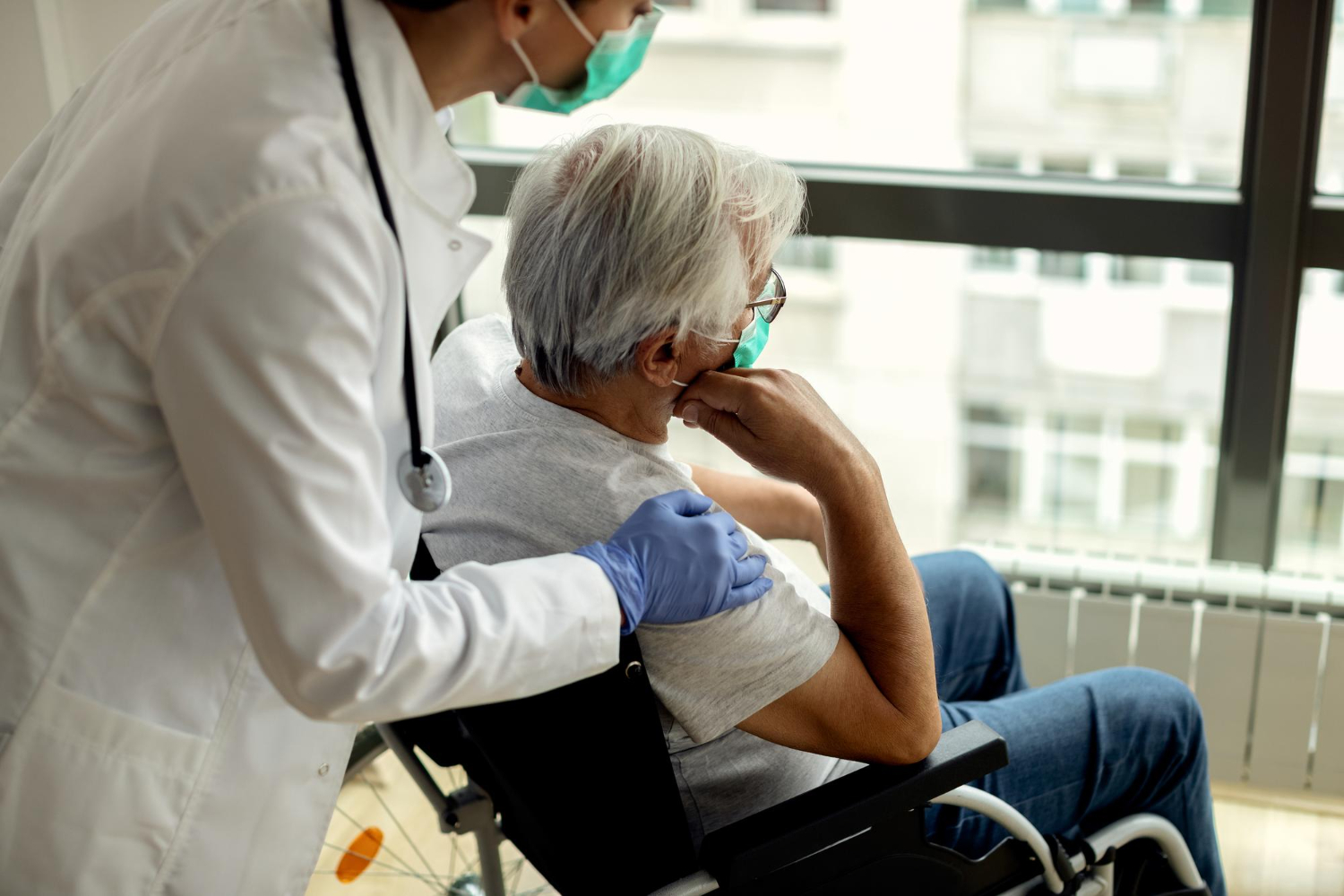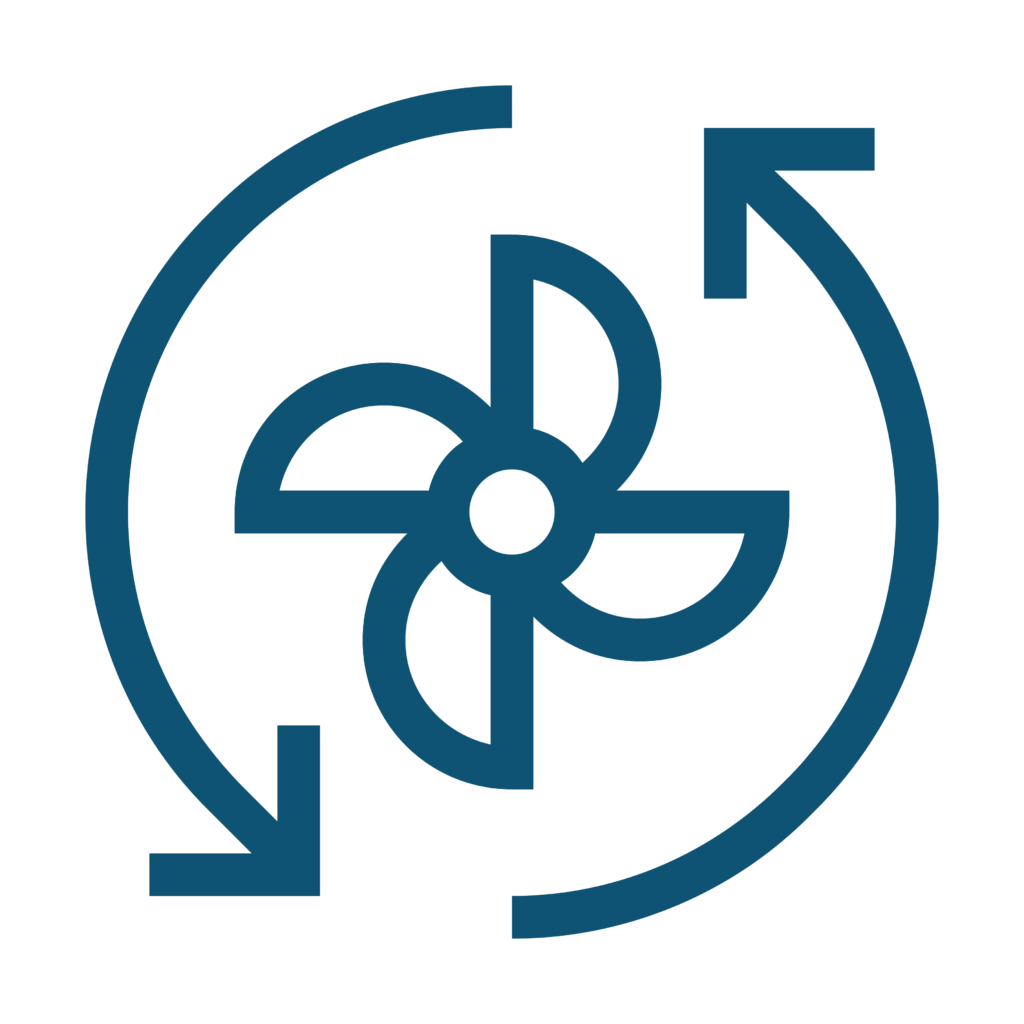SUPPORT / INDALO®
Confirm that the EHPAD ventilation system will ensure that acceptable SARS-COV-2 concentration thresholds are maintained in the east wing, the future department dedicated to residents affected by COVID-19.

Infection risk over a week
Three studied scenarios
Scenario 1 :
Air renewal by AHU :
3,0 ACPH
Scenario 2 :
Air renewal by AHU :
3,0 ACPH
+ Purifier with 455m3/h nominal flow rate
Scenario 3 :
Air renewal by AHU:
6,0 ACPH
This study quantified the impact of two preventive measures on the risk of COVID-19 infection : the installation of an ai purifier in the infected resident’s bedroom and incrasing the air renewal rate to 6 ACPH.

In the case of a room adjacent to the patient’s bedroom :
– The air purifier in the patient’s room reduces infectious risk by 66% (scenario 2).
– Increasing air renewal in the patient’s room reduces infectious risk by 55% (scenario 3).
In the corridor :
– The air purifier in the patient’s room reduces infectious risk by 67% (scenario 2).
– At a 6 vol/h air renewal rate (scenario 3), the infectious risk is reduced by just 33%
1
The most effective measure to limit the propagation of the virus in other areas seems to be the use of a purifier in the patient’s room.
2
COVID-19 infected patients’ rooms should be located primarily to the southwest wing in order to limit particulate matters transportation.
3
Balancing blow and return flows is essential to limite virus spreading risk in bedrooms and corridors.
Contact us to receive the full case study and speak with our experts

Bonjour ! C'est nous, les cookies 🍪
Nous sommes chargés de compter le nombre de visites sur ce site internet. Nous aidons énormément les personnes qui travaillent ici, car nous leur permettons d'améliorer le contenu du site internet mais aussi de rendre votre visite plus agréable.